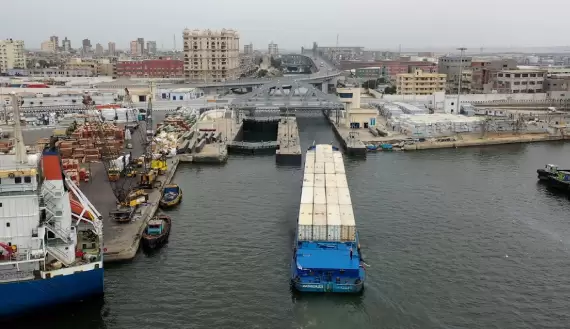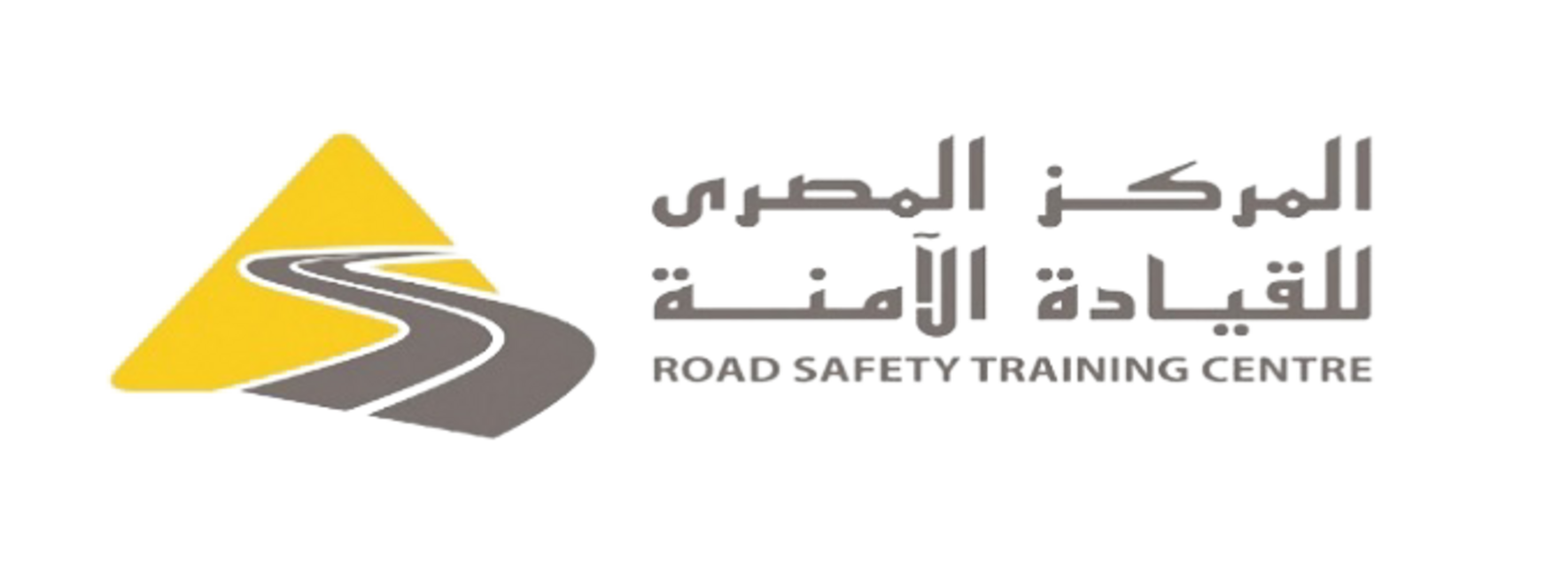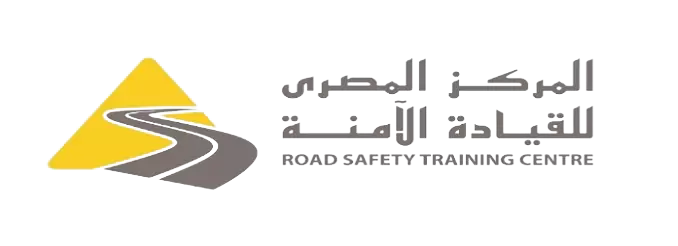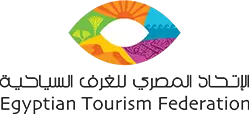The Ministry of Transport said that it has prepared a comprehensive plan to develop this sector and take a number of measures and mechanisms to ensure a strong start in it to maximize the transport of passengers and goods across the Nile River, within the framework of the directives of the political leadership for the comprehensive development of all transport sectors in Egypt, including the river transport sector, and in light of what It is enjoyed by the Arab Republic of Egypt through the passage of the largest water artery in Africa, which is the Nile River. The length of the Nile River and its branches within the Arab Republic of Egypt is approximately 3126 km.
She added that President Abdel-Fattah El-Sisi, President of the Republic, ratified Law No. 167 of 2022 regarding the reorganization of the General Authority for River Transport, which aims to unify the entire Nile River State region to be one entity, the River Transport Authority, and to encourage investment in this field, which contributes to the development and modernization. river transport system.
And she continued: A network of river ports has been established to receive and ship various goods and containers in river units, and to serve the movement of passengers and goods across the Nile River. Specialized in receiving and shipping general cargo through contracting and with the assistance of the General Authority for River Transport.
The Ministry of Transport is working on maintaining the locks and their permanent development in coordination with the Ministry of Irrigation. Several new locks have been established according to modern engineering standards, to achieve an increase in the capacity of the lock system.
As well as purification, dredging and maintenance of the navigational channel with the aim of reaching a safe navigational path for the Nile River, to facilitate the navigation movement in front of the Nile cruises of tourist boats and ships, and the trade movement.
And the Ministry of Transport, through the General Authority for River Transport, and in cooperation with a specialized company from Austria (one of the developed countries in river transport), implements the information infrastructure system for the Nile River, known internationally as River Information Services, to provide electronic mapping services to determine the safe path for the units. Rivers within the course of the Nile River, in addition to exchanging information with the General Authority for River Transport and following up the river units within the navigational course to provide safe leadership for the river units in the navigational corridors.
She added: Within the framework of the directives of President Abdel Fattah El-Sisi, President of the Republic, to maximize the participation of the private sector in all projects of the Ministry of Transport, the Ministry calls on all private sector companies working in this field to invest in this sector to benefit from the economic and environmental advantages of river transport, the most important of which are:
Reducing the proportion of what the state spends from the general budget on road maintenance
Low cost in transportation, as the river unit replaces approximately 40 land transport trucks
Preserving the environment from visual, audio and air pollution caused by land transport.
Reducing the percentage of accidents resulting from road transport.
Noting that river transport integrates with land transport through the multimodal transport system to deliver goods and shipments from door to door, which is one of the basic requirements for the business community. The most prominent areas of river transport in which the private sector can participate are as follows:
- Establishing new specialized river units to develop the capabilities and patterns of river transport, such as (building modern and advanced river units for transporting petroleum materials that meet international environmental, health, security and safety standards, in coordination with the Ministry of Petroleum and Mineral Resources, and putting all environmental restrictions and procedures in place to preserve the Nile from any pollution.
- Building modern river units that contribute to the transportation of containers and cars.
- Establishment of ports and river docks.
- 2023/09/06
- Medhat Ghaly
- 07:50:06
Transport invites private sector companies to invest in the river transport sector

Go To Top


